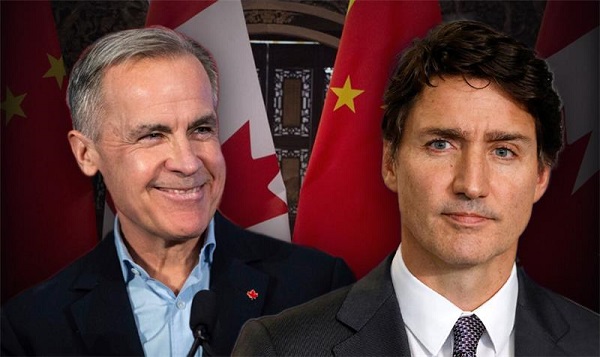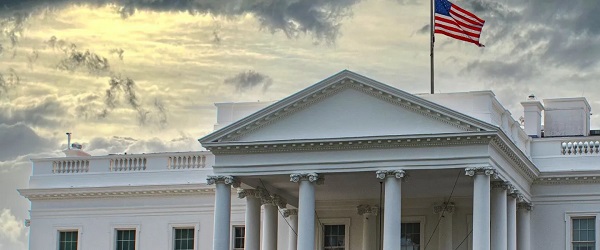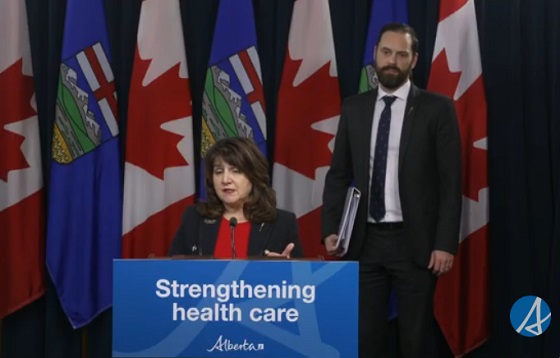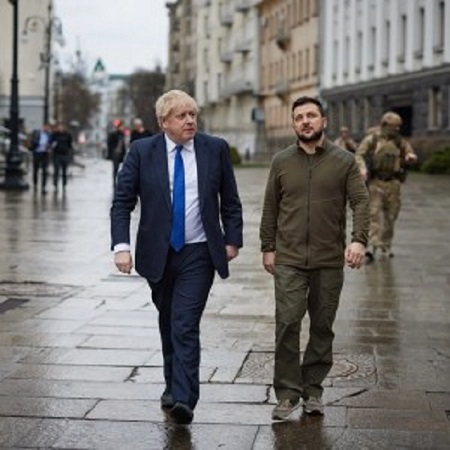Dan McTeague
Carney launches his crusade against the oilpatch
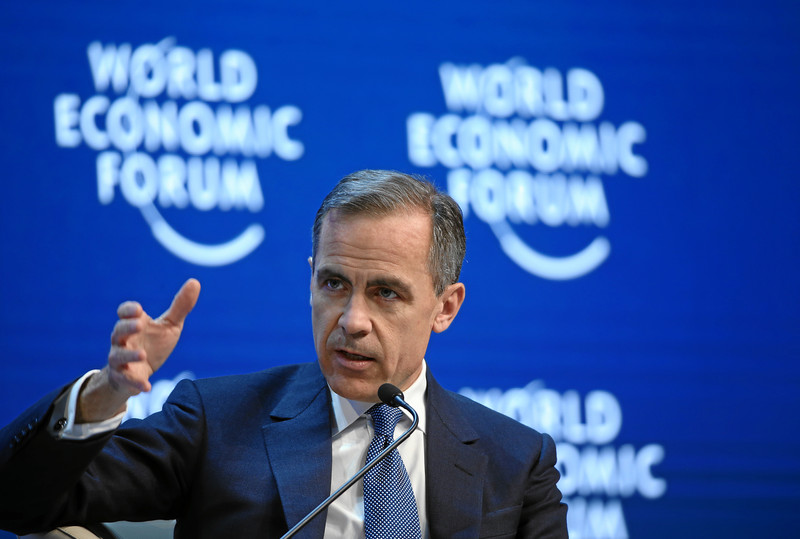
Well, he finally did it.
After literally years of rumours that he was preparing to run for parliament and being groomed as Justin Trudeau’s successor.
After he, reportedly, agreed to take over Chrystia Freeland’s job as Finance Minister in December, only to then, reportedly, pull back once her very public and pointed resignation made the job too toxic for someone with his ambitions.
After he even began telegraphing, through surrogates, an openness to joining a Conservative government, likely hoping to preserve some of his beloved environmentalist achievements if and when Pierre Poilievre leads his party into government.
After all that, Mark Carney has finally thrown his hat into the ring for the position of Liberal leader and prime minister of our beloved and beleaguered country.
And, as I’ve been predicting, the whole gang of Trudeau apologists are out in force, jumping for joy and saying this is the best thing since sliced bread. Carney is a breath of fresh air, a man who can finally turn the page on a difficult era in our history, a fighter, and — of all things! — an outsider.
Hogwash!
This narrative conveniently ignores the fact that Carney has been a key Trudeau confidant for years. As Pierre Poilievre pointed out on Twitter/X, he remains listed on the Liberal Party’s website as an advisor to the Prime Minister. He’s godfather to Chrystia Freeland’s son, for heaven’s sake!
Outsider?! This man is an insider’s insider.
But, more importantly, Carney has been a passionate supporter and promoter of the Trudeau government’s agenda, with the job-killing, economy-hobbling Net Zero program right at its heart. The Carbon Tax? He was for it before he was against it, which is to say, before it was clear the popular opposition to it isn’t going away, especially now that we all see what a bite it’s taken out of our household budgets.
Even his course correction was half-hearted. In Carney’s words, the Carbon Tax “served a purpose up until now.” What on earth does that even mean?
Meanwhile, EV mandates, Emission Caps, the War on Pipelines, tax dollars for so-called renewables, and all of the other policies designed to stifle our natural resources imposed on us by the activists in the Trudeau government? They’re right up Carney’s ally.
Plus his record at the Banks of Canada and England, his role as the U.N.’s Special Envoy for Climate Action and Finance, and his passion projects like the Global Financial Alliance for Net Zero (GFANZ), and its subgroup the Net Zero Banking Alliance (NZBA), point to a concerning willingness to achieve his ideological goals by even the most sneaky, underhanded routes.
Take, for instance, the question of whether we need to “phase out” Canada’s oil and gas industry. Politicians who want real power can’t just come out and endorse that position without experiencing major blowback, as Justin Trudeau found out back in 2017. Despite years of activist propaganda, Canadians still recognize that hydrocarbon energy is the backbone of our economy.
But what if oil and gas companies started having trouble getting loans or attracting investment, no matter how profitable they are? Over time they, and the jobs and other economic benefits they provide, would simply disappear.
That is, in essence, the goal of GFANZ. It’s what they mean when they require their members – including Canadian banks like BMO, TD, CIBC, Scotiabank and RBC – to commit to “align[ing] their lending and investment portfolios with net-zero carbon emissions by mid-century or sooner.”
And Mark Carney is their founder and chairman. GFANZ is Mark Carney’s baby.
In truth, Mark Carney is less an outsider than he is the man behind the curtain, the man pulling the strings and poking the levers of power. Not that he will put it this way, but his campaign pitch can be boiled down to, “Trudeau, but without the scandals or baggage.” Well, relatively speaking.
But the thing is, it wasn’t those scandals – as much of an embarrassment as they were — which has brought an unceremonious end to Justin Trudeau’s political career. What laid him low, in the end, was bad policy and governmental mismanagement.
To choose Mark Carney would be to ask for more of the same. Thanks, but no thanks.
Dan McTeague is President of Canadians for Affordable Energy.
Business
Liberal’s green spending putting Canada on a road to ruin
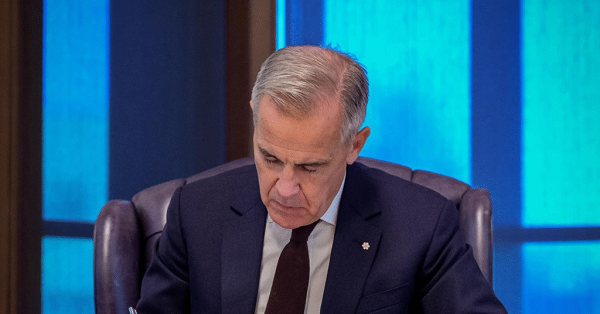
Once upon a time, Canadians were known for our prudence and good sense to such an extent that even our Liberal Party wore the mantle of fiscal responsibility.
Whatever else you might want to say about the party in the era of Jean Chrétien and Paul Martin, it recognized the country’s dire financial situation — back when The Wall Street Journal was referring to Canada as “an honorary member of the Third World” — as a national crisis.
And we (remember, I proudly served as Member of Parliament in that party for 18 years) made many hard decisions with an eye towards cutting spending, paying down the debt, and getting the country back on its feet.
Thankfully we succeeded.
Unfortunately, since then the party has been hijacked by a group of reckless leftwing fanatics — Justin Trudeau and his lackeys — who have spent the past several years feeding what we built into the woodchipper.
Mark Carney’s finally released budget is the perfect illustration of that.
The budget is a 400 page monument to deficit delusion that raises spending to $644.4 billion over five years — including $141.4 billion in new spending — while revenues limp to $583.3 billion, yielding a record (non-pandemic) $78.3 billion shortfall, an increase of 116% from last year.
This isn’t policy; it’s plunder. Interest payments alone devour $55.6 billion this year, projected to hit $76.1 billion by 2029-30 — more than the entire defence budget and rising faster than healthcare transfers.
We can’t discount the possibility that this will lead to a downgrade of our credit rating, which will significantly increase the cost of borrowing and of doing business more generally.
Numbers this big start to feel very abstract. But think of it this way: that is your money they’re spending. Ottawa’s wealth is made up entirely of our tax dollars. We’ve entrusted that money to them with the understanding that they will use it responsibly. In the decade these Liberals have been in power, they have betrayed that trust.
They’ve pursued policies which have made life in Canada increasingly unaffordable. For example, at the time of writing it takes 141 Canadian pennies (up from 139 a few days ago) to buy one U.S. dollar, in which all of our commodities are priced. Well, that’s .25 cents per litre of gasoline. Imagine what that’s going to do to the price of heating, of groceries, of the various other commodities which we consume.
And this budget demonstrates that the Carney era will be more of the same.
Of course, the Elbows Up crowd are saying the opposite — that this shows how fiscally responsible Mark Carney is, unlike his predecessor. (Never mind that they also publicly supported everything that Trudeau did when he was in government.) They claim that Carney shows that he’s more open to oil and gas than Trudeau was.
Don’t believe it.
The oil and gas sector does get a half-hearted nod in the budget with, for instance, a conditional pathway to repeal the emissions cap. But those conditions are important. Repeal is tied to the effectiveness of Carney’s beloved industrial carbon tax. If that newly super-charged carbon tax, which continues to make our lives more expensive, leads to government-set emissions reductions benchmarks being met, then Ottawa might — might — scrap the emissions.
Meanwhile, the budget doubles down on the Trudeau government’s methane emissions regulations. It merely loosens the provisions of the outrageous Bill C-59, an act which should have been scrapped in its entirety. And it leaves in place the Trudeaupian “green” super structure, which has resource sector investment, and any business that can manage it, fleeing to the U.S.
In these perilous times, with Canada teetering on the brink of recession, a responsible government would be cutting spending and getting out of the way of our most productive sectors, especially oil and gas — the backbone of our economy.
It would be repealing the BC tanker ban and Bill C-69, the “no more pipelines act,” so that our natural resources could better generate revenue on the international market and bring down energy rates at home.
It would quit wasting millions on Electric Vehicle charging stations; mandating that all Canadians buy EVs, even with their elevated cost; and pressuring automakers to manufacture Electric Vehicles, regardless of demand, and even as they keep closing up shop and heading south.
But in this budget the Liberals are going the opposite direction. Spend more. Tax more. Leave the basic Net-Zero framework in place. Rearrange the deck chairs on the Titanic.
They’re gambling tomorrow’s prosperity on yesterday’s green dogma, And every grocery run, every gas fill-up, every mortgage payment will serve as a daily reminder that we are the ones footing the bill.
Once upon a time, the Liberals knew better. We made the hard decisions and got the country back on its feet. Nowadays, not so much.
Business
Carney doubles down on NET ZERO
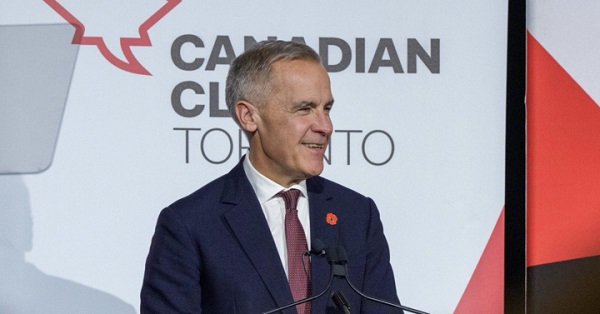
If you only listened to the mainstream media, you would think Justin Trudeau’s carbon tax is long gone. But the Liberal government’s latest budget actually doubled down on the industrial carbon tax.
While the consumer carbon tax may be paused, the industrial carbon tax punishes industry for “emitting” pollution. It’s only a matter of time before companies either pass the cost of the carbon tax to consumers or move to a country without a carbon tax.
Dan McTeague explains how Prime Minister Carney is doubling down on net zero scams.
-

 National2 days ago
National2 days agoAlleged Liberal vote-buying scandal lays bare election vulnerabilities Canada refuses to fix
-

 Alberta17 hours ago
Alberta17 hours agoNet Zero goal is a fundamental flaw in the Ottawa-Alberta MOU
-

 Addictions2 days ago
Addictions2 days agoThe Death We Manage, the Life We Forget
-

 Food17 hours ago
Food17 hours agoCanada Still Serves Up Food Dyes The FDA Has Banned
-

 Crime2 days ago
Crime2 days agoVancouver police seize fentanyl and grenade launcher in opioid-overdose crisis zone
-
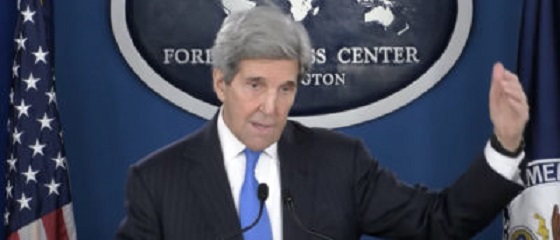
 Daily Caller2 days ago
Daily Caller2 days agoJohn Kerry Lurches Back Onto Global Stage For One Final Gasp
-

 National1 day ago
National1 day agoEco-radical Canadian Cabinet minister resigns after oil deal approved
-

 Addictions17 hours ago
Addictions17 hours agoManitoba Is Doubling Down On A Failed Drug Policy







